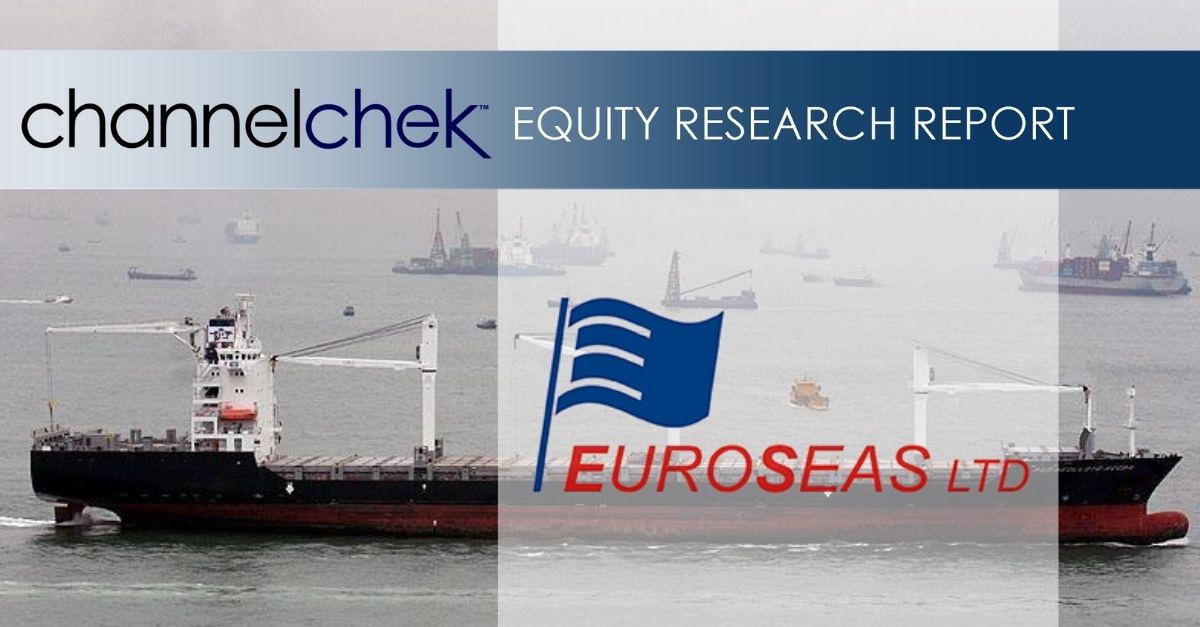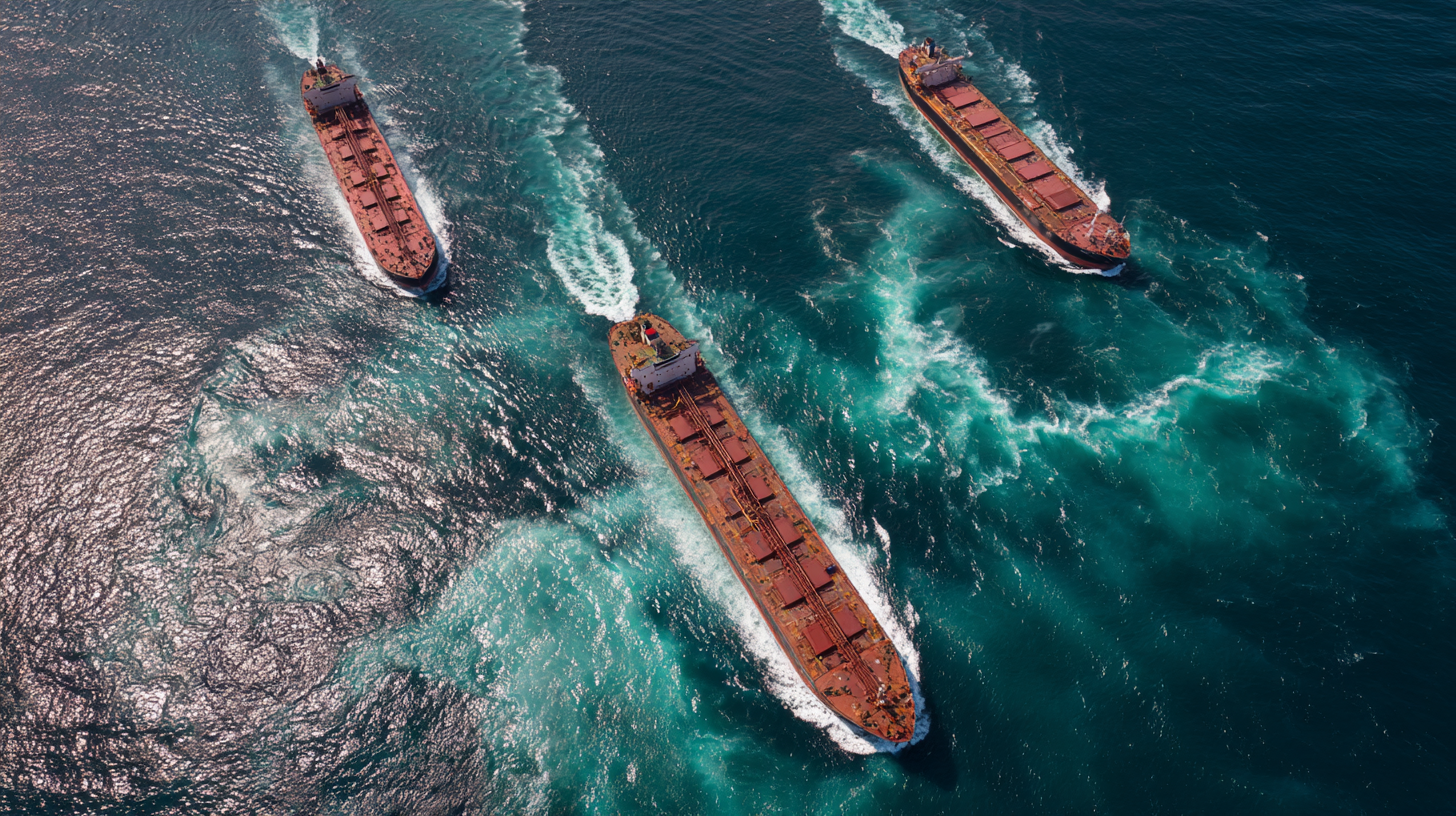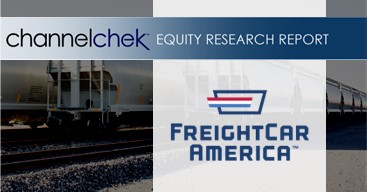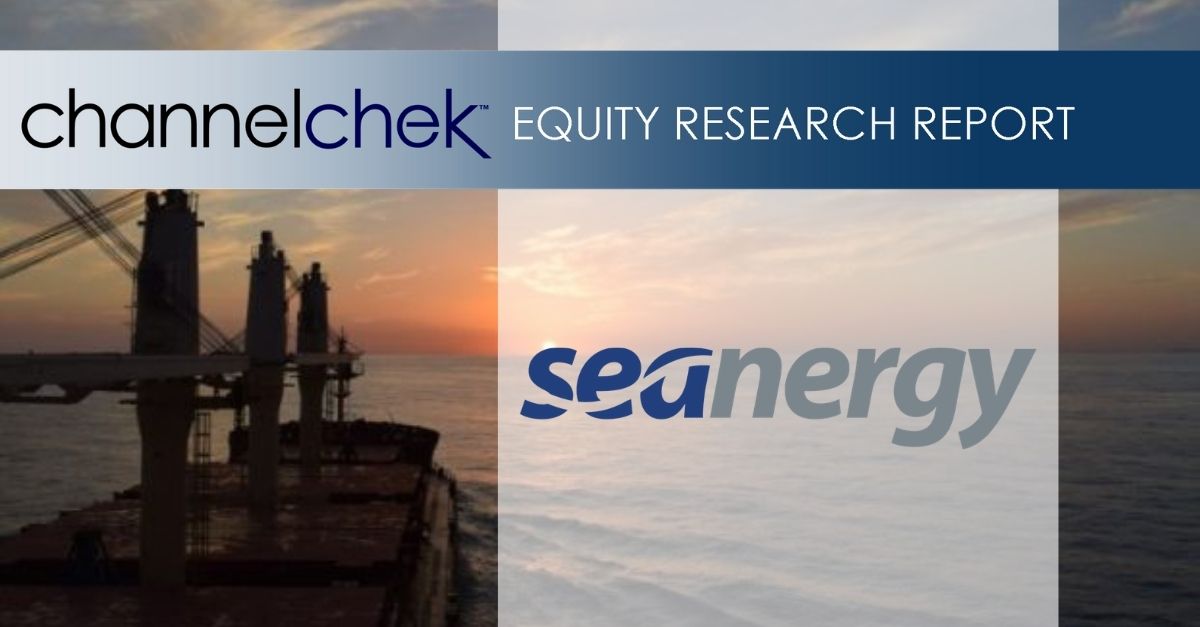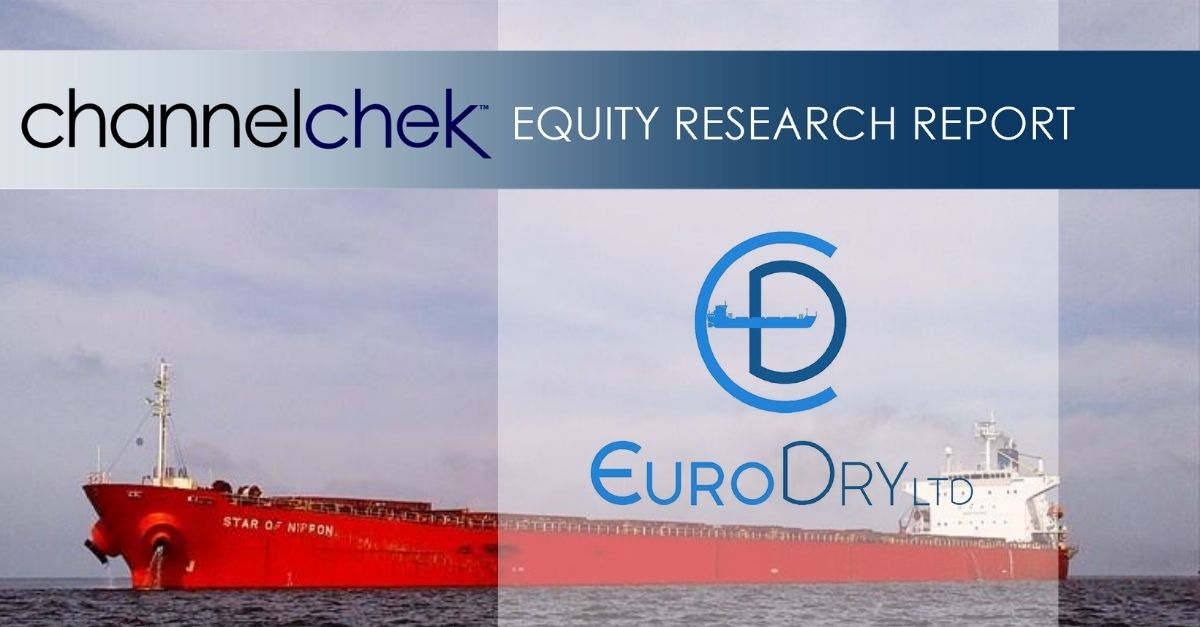12/22/2025
CHICAGO, Dec. 22, 2025 (GLOBE NEWSWIRE) — FreightCar America, Inc. (NASDAQ: RAIL) (“FreightCar America” or the “Company”), a diversified manufacturer and supplier of railroad freight cars, railcar parts and components, today announced that it has completed the acquisition of Carly Railcar Components, LLC (“CRC”), a family-owned, leading distributor of railcar components.
The acquisition strengthens FreightCar America’s aftermarket distribution business with a focus on running-repair components, a frequently replaced and highly recurring product category that complements the Company’s core offerings and product mix. Through the acquisition, the Company’s customers will benefit from reduced lead times and a larger catalog of ready-to-ship railcar components.
“Carly Railcar Components brings highly complementary capabilities that strengthen our position in the railcar aftermarket. CRC’s long-standing presence in component distribution and its established regional footprint, including a Houston-area facility in Orange, Texas, enhances our ability to serve customers with greater speed, reliability and product availability. This acquisition advances our strategic initiatives to build complementary capabilities that deliver enhanced value to our customers,” said Nicholas Randall, President and Chief Executive Officer of FreightCar America.
“We are excited to welcome Carly Railcar Components to the FreightCar America platform,” said Mike Riordan, Vice President, Chief Financial Officer & Treasurer of FreightCar America. “CRC has built a strong business with deep customer relationships. Combining their capabilities with our commercial and supply chain excellence will allow us to deliver exceptional value to our customers, while at the same time allowing us to realize meaningful operational improvements across the combined network. This acquisition is consistent with our disciplined capital allocation framework and is expected to be immediately accretive to FreightCar America as we scale our aftermarket business.”
About Carly Railcar Components
Founded in 1995, Carly Railcar Components distributes OEM railcar components and operates a core-exchange program for reconditioned parts. The company serves repair shops, railroads, private car owners and other industrial customers. CRC is one of the major component distributors in North America and has a strong reputation for profitable growth, quality and customer service. To learn more about Carly Railcar Components, visit www.carlyrailcar.com.
About FreightCar America
FreightCar America, headquartered in Chicago, Illinois, is a leading designer, producer and supplier of railroad freight cars, railcar parts and components. We also specialize in railcar repairs, complete railcar rebody services and railcar conversions that repurpose idled rail assets back into revenue service. Since 1901, our customers have trusted us to build quality railcars that are critical to economic growth and instrumental to the North American supply chain. To learn more about FreightCar America, visit www.freightcaramerica.com.

